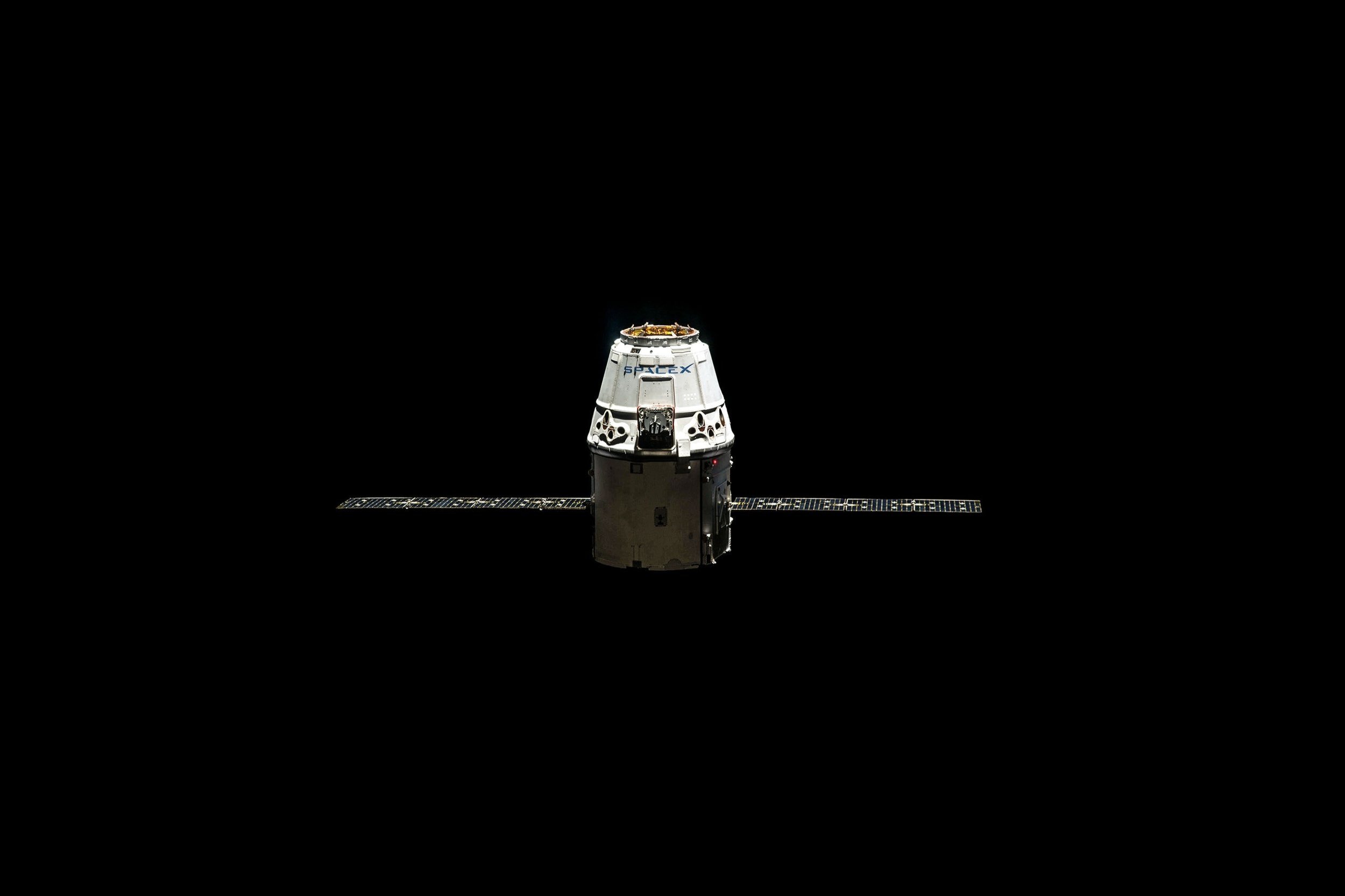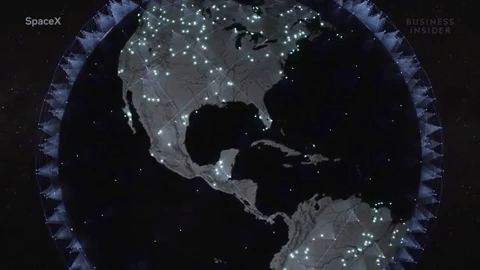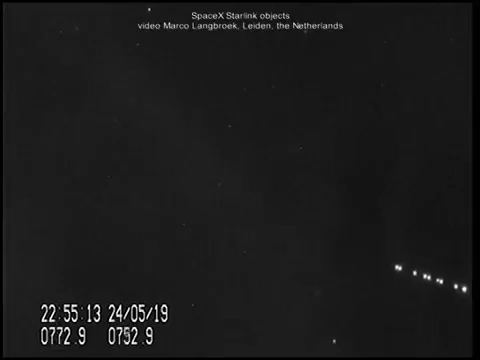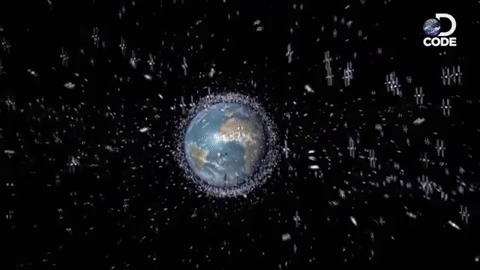Pi & the future of the internet
Photo: Pexels.com
"Ultrafast internet for everyone!". You see this slogan everywhere nowadays. But is this really possible for everyone? Internet providers don't really like the idea of installing an expensive internet cable to a small village in the mountains of Siberia. These people have to work with a satellite connection and this connection is not always very fast. This happens because more people in remote areas of the world want to use this same connection. Moreover, the connection in Siberia is also slower if the satellite is flying above the South Pole at that moment!
Source: Space X / Tech Insider.
People in remote areas have been lucky thanks to the company SpaceX and their ambitious project called Starlink. This company aims to build a large network of multiple satellites to offer a fast and constant connection for every area on earth. To ensure that you can offer a high-speed connection anywhere in the world, SpaceX eventually wants to launch 42 thousand satellites into space! The animation above shows what this will look like in the future.
Source: Marco Langbroek / VideoFromSpace.
Here you can see the first 60 satellites passing over the Netherlands on May 24, 2019. At the time of writing (February 2021), there are now about 1,000 satellites in orbit around the Earth.
Animation of the busy "satellite traffic". Source: Dcode by Discovery.
As you can see above, it is pretty crowded in space. To avoid accidents, launching 42 thousand satellites must be carefully thought out. It is therefore important to be able to calculate exactly what the satellite's orbit will look like. And that's where the constant π comes in! In the formula below you can see π in the formula to calculate the period (P) of one orbit:
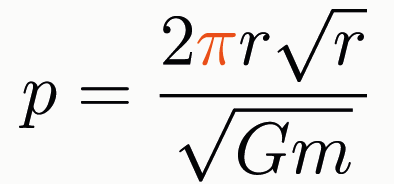
In this formula, R is the radius of the orbit, M is the mass of the earth, and G is Newton's gravitational constant.
In other words, this calculates how long it will take for a satellite to complete one orbit around the earth. This formula can additionally be rewritten into a new formula that allows you to determine the radius (r) of the satellite's orbit:
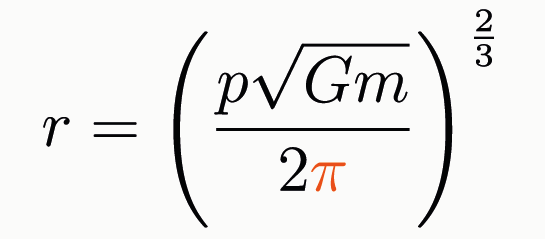
With this radius you are able to determine the height of the satellite. If the period (p) and radius (r) are calculated, it is then possible to determine the speed (v) of the satellite. Again π plays a role in this forumla:
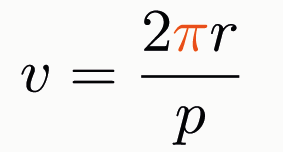
The constant π is thus used in the calculations to keep satellites safely in their orbit around the earth. SpaceX's Starlink network is one of the many applications in which satellites play a role. Also the navigation in your car and on your phone rely on the techniques behind satellites.
ASSIGNMENTS FOR THE CLASSROOM
Convert the formula of p to the formula of r.
How can you determine the height of a satellite if you know its radius?
Why is the formula of velocity v correct?
Derive the formula of p using Netwon's Second Law and Newton's Law of Gravitation.
Further transcribe this to Kepler's Third Law.

